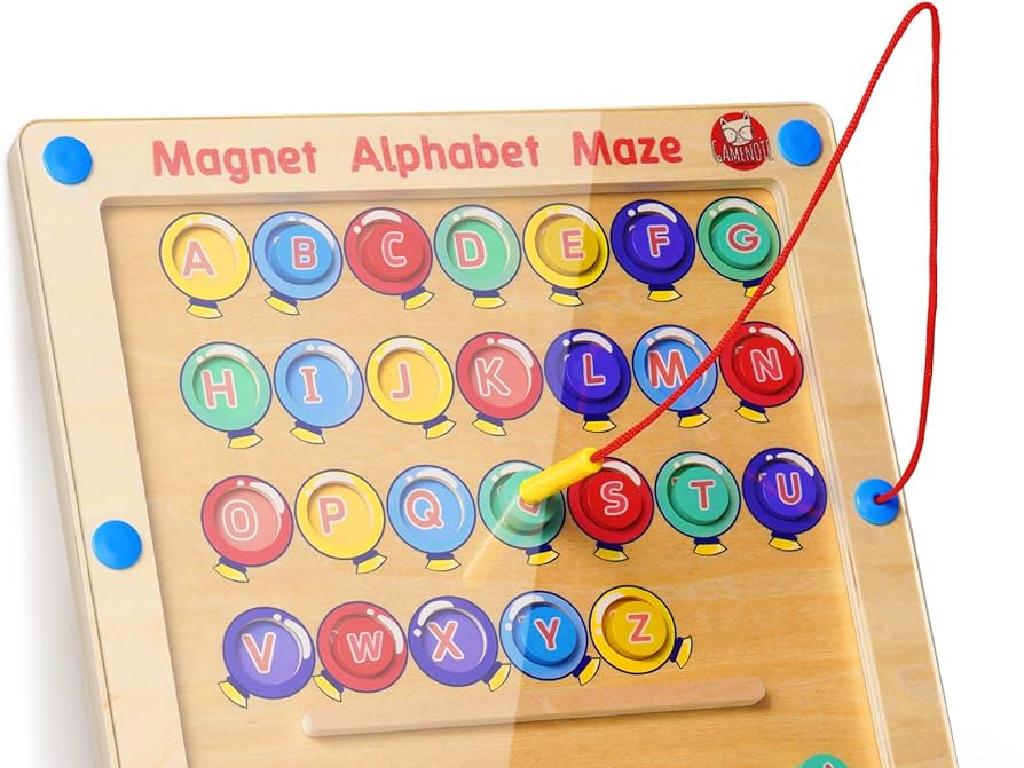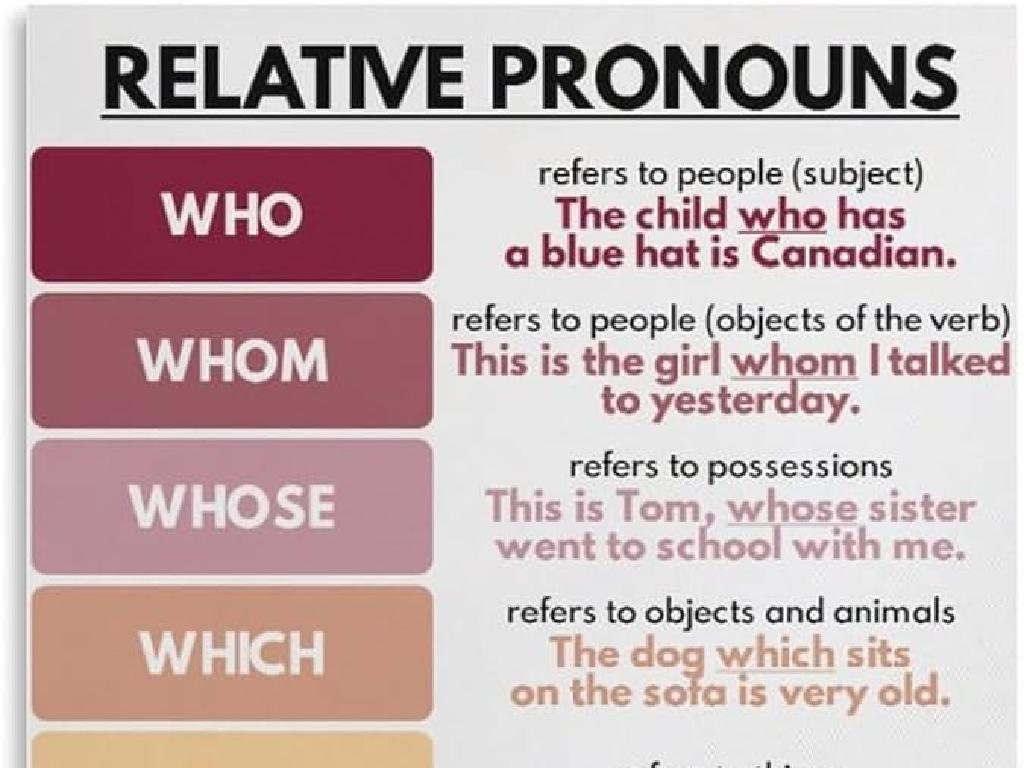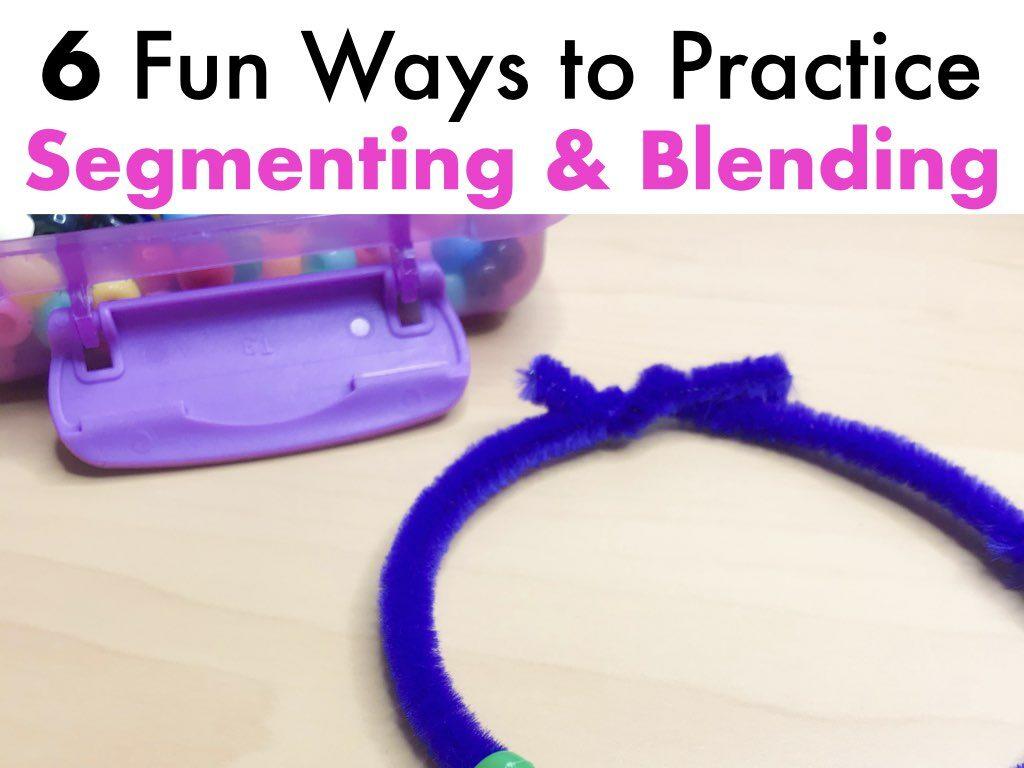Shadows
Subject: Science
Grade: Fifth grade
Topic: Astronomy
Please LOG IN to download the presentation. Access is available to registered users only.
View More Content
Introduction to Shadows
– What are shadows?
– Dark areas where light is blocked
– Shadows in daily life
– Shadows under the sun, trees, or indoors
– Understanding light sources
– Light comes from sources like the Sun or lamps
– Observing shadows around us
|
Begin the lesson by explaining that shadows are dark areas created when an object blocks light. Use everyday examples such as the shadow of a playground slide or their own shadow on the ground to illustrate how shadows appear in daily life. Discuss different light sources, including natural ones like the Sun and artificial ones like light bulbs. Encourage students to observe and think about the shadows they see around them, such as the length of a shadow outdoors throughout the day and what might cause these changes. This will set the foundation for understanding how light and shadows work, which is an essential part of astronomy and the science of light.
Light and Shadows
– How light creates shadows
– Shadows form when light is blocked by an object.
– Light direction affects shadow length
– The angle of light determines the shadow’s length.
– Shadows change during the day
– As the Earth rotates, the sun’s position changes, altering shadow lengths and positions.
|
This slide introduces the concept of shadows as it relates to light. Begin by explaining that shadows occur when an object blocks light, creating a dark shape on the other side. Discuss how the direction and angle of light affect the length and direction of the shadow, with a longer shadow being cast when the light source is low in the sky, and a shorter shadow when it’s high. Highlight that the sun s apparent movement across the sky during the day changes the angle of the light, causing shadows to change in length and position. Use diagrams to illustrate these concepts and consider demonstrating with a flashlight and an object to show how shadows change with light direction. Encourage students to observe shadows during different times of the day as a practical activity.
Astronomy and Shadows: Eclipses
– Shadows exist even in space
– Earth and Moon cast shadows
– When the Moon passes between Sun and Earth, it casts a shadow on Earth
– Solar eclipses explained
– Occurs when the Moon moves into Earth’s shadow
– Lunar eclipses demystified
– Happens when Earth is between Sun and Moon
|
This slide introduces the concept of shadows in the context of astronomy, specifically how they relate to solar and lunar eclipses. Begin by explaining that shadows are not just an Earthly phenomenon but also occur in space. Discuss how the Earth and Moon cast shadows on each other, leading to eclipses. A solar eclipse happens when the Moon’s shadow falls on Earth, while a lunar eclipse occurs when the Earth’s shadow covers the Moon. Use diagrams to illustrate these concepts. Encourage students to think about how the position of celestial bodies affects what we see in the sky. This will help them understand the cyclical nature of eclipses and their predictability.
Experimenting with Shadows
– Creating our own shadows
– Gathering materials for the experiment
– Flashlights, objects of various shapes, and a screen or wall will be used.
– Predicting shadows’ shapes and sizes
– Guess the shape and size of shadows before we make them.
– Understanding shadow behavior
– Learn how light direction and object position affect shadows.
|
This slide introduces an interactive class activity focused on understanding shadows. Students will engage in an experiment to create their own shadows using various materials. The teacher should prepare flashlights, objects of different shapes, and a clear space with a screen or wall to project shadows. Before the experiment, encourage students to predict what they think the shadows will look like based on the shape and size of the objects. This prediction will help them understand the concept of shadow formation. During the activity, guide the students to observe how the angle and distance of the light source can change the appearance of the shadows. This hands-on experience will help solidify their understanding of how light interacts with objects to create shadows.
Observing and Drawing Shadows
– Learn shadow observation techniques
– Draw shadows at various times
– Observe how shadows change from morning to evening
– Notice patterns in shadow changes
– Shadows lengthen and shorten; direction shifts
– Discuss shadow length and position
|
This slide is aimed at teaching students how to observe and draw shadows, which is a practical way to understand how light interacts with objects. Students should learn to observe shadows at different times of the day to see how they change in length and direction. Encourage them to draw what they see and to make notes about the time of day and the appearance of the shadows. This will help them recognize patterns such as longer shadows in the early morning and late afternoon, and shorter shadows around noon when the sun is overhead. Discuss with the students how the position of the sun in the sky affects the shadow an object casts. This activity can be done outdoors with the sun or indoors with a flashlight as the light source.
Shadows Tell Time
– Sundials: Ancient timekeepers
– Sundials use shadows to measure time, dating back to ancient civilizations.
– Shadows and time tracking
– As the sun moves, shadows change position, indicating different times of day.
– Crafting a simple sundial
– Using a stick, a flat surface, and sunlight, we can create a basic sundial.
|
This slide introduces the concept of using shadows to tell time, a method that has been used since ancient times with sundials. Explain how the position of the sun in the sky casts shadows on the sundial, which can be used to read the time. Engage students by guiding them through making their own simple sundial using everyday materials. This activity will help them understand the apparent movement of the sun across the sky and its relationship with time. Provide detailed instructions for the sundial activity, ensuring safety and accuracy, and encourage students to experiment with their sundials outside of class to observe how the shadow moves throughout the day.
Class Activity: Shadow Play
– Create stories with shadows
– Perform shadow plays in groups
– Share plays with the class
– Discuss what we learned
– Reflect on the science of shadows through storytelling
|
This class activity is designed to combine creativity with science. Students will work in groups to create their own stories that can be acted out using shadows. They will use their hands, figures, or cutouts to cast shadows on a wall or screen. After practicing, each group will perform their shadow play in front of the class. This activity not only allows students to understand how shadows are formed but also encourages teamwork and public speaking. As a teacher, facilitate the groups, provide materials, and guide them to use light sources correctly to create clear shadows. Possible variations of the activity could include using different light sources, distances, and materials to show how these factors affect the shadow’s size and clarity. After the performances, lead a discussion on what they learned about shadows and light.
Wrapping Up: Shadows
– Recap of shadow facts
– Shadows in daily life
– Examples: Sundials, predicting time of day
– Applying shadow knowledge
– How shadows change with the sun’s position
– Q&A session
|
In today’s lesson, we’ve learned about the nature of shadows, how they are created, and the factors that affect their size and direction. Understanding shadows can help us in real life, such as using a sundial to tell time or noticing how the length of a shadow can indicate the time of day. Encourage students to think about how the sun’s position changes the appearance of shadows they see every day. Conclude with a Q&A session to address any lingering questions and to reinforce the concepts learned. This will help solidify their understanding and allow them to apply this knowledge in practical situations.






